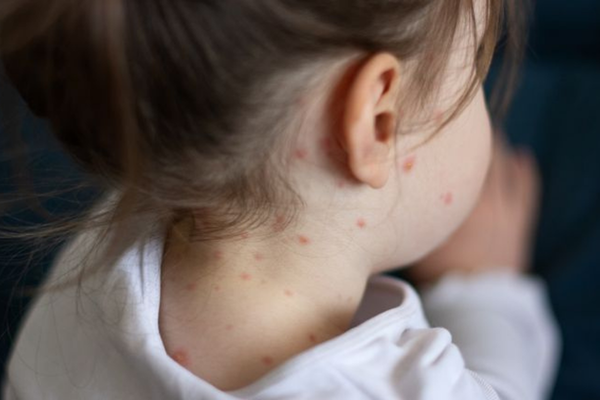A study showed nearly 12 per cent of children in India who are eligible for measles vaccination have received none of the recommended double-dose.
About Measles:
- Measles, also known as rubeola or morbilli, is an acute viral respiratory illness.
- The pathogen causing measles is the measles virus, which is a single-stranded, enveloped RNA virus belonging to the paramyxovirus family.
Cause
- Caused by a virus in the paramyxovirus family, specifically infecting the respiratory system.
Hosts
- Humans are the only natural hosts of the measles virus.
Symptoms
- Common symptoms include high fever, dry cough, runny nose, sore throat, coryza, and conjunctivitis (inflamed eyes).
- Appearance of a skin rash and tiny white spots with bluish-white centers on the inside of the cheek, known as Koplik’s spots.
- Measles signs and symptoms appear around 10 to 14 days after exposure to the virus.
Transmission
- Measles is spread by coughing and sneezing, close personal contact, or direct contact with infected nasal or throat secretions.
Treatment
- No specific antiviral treatment exists for measles.
Prevention
- The Measles Rubella (MR) vaccine is part of India’s Universal Immunization Programme since 2017.
Vaccination is crucial as measles can be serious and even fatal, particularly in small children.
Ref: Source
| UPSC IAS Preparation Resources | |
| Current Affairs Analysis | Topperspedia |
| GS Shots | Simply Explained |
| Daily Flash Cards | Daily Quiz |



